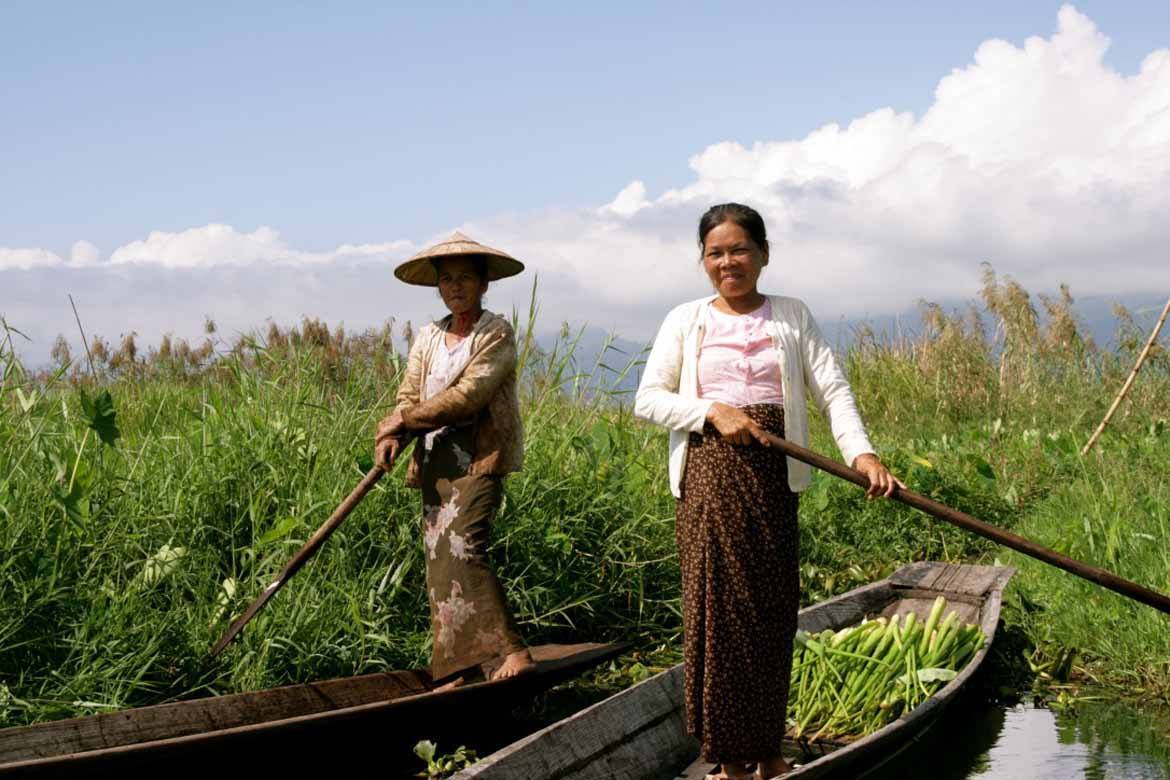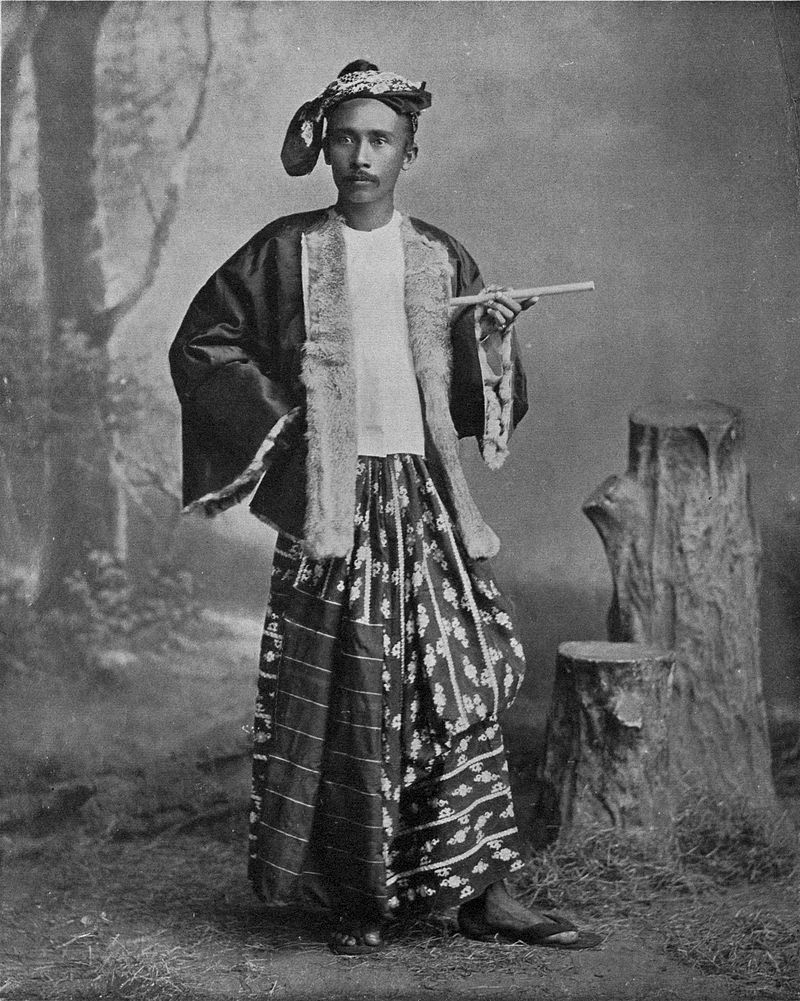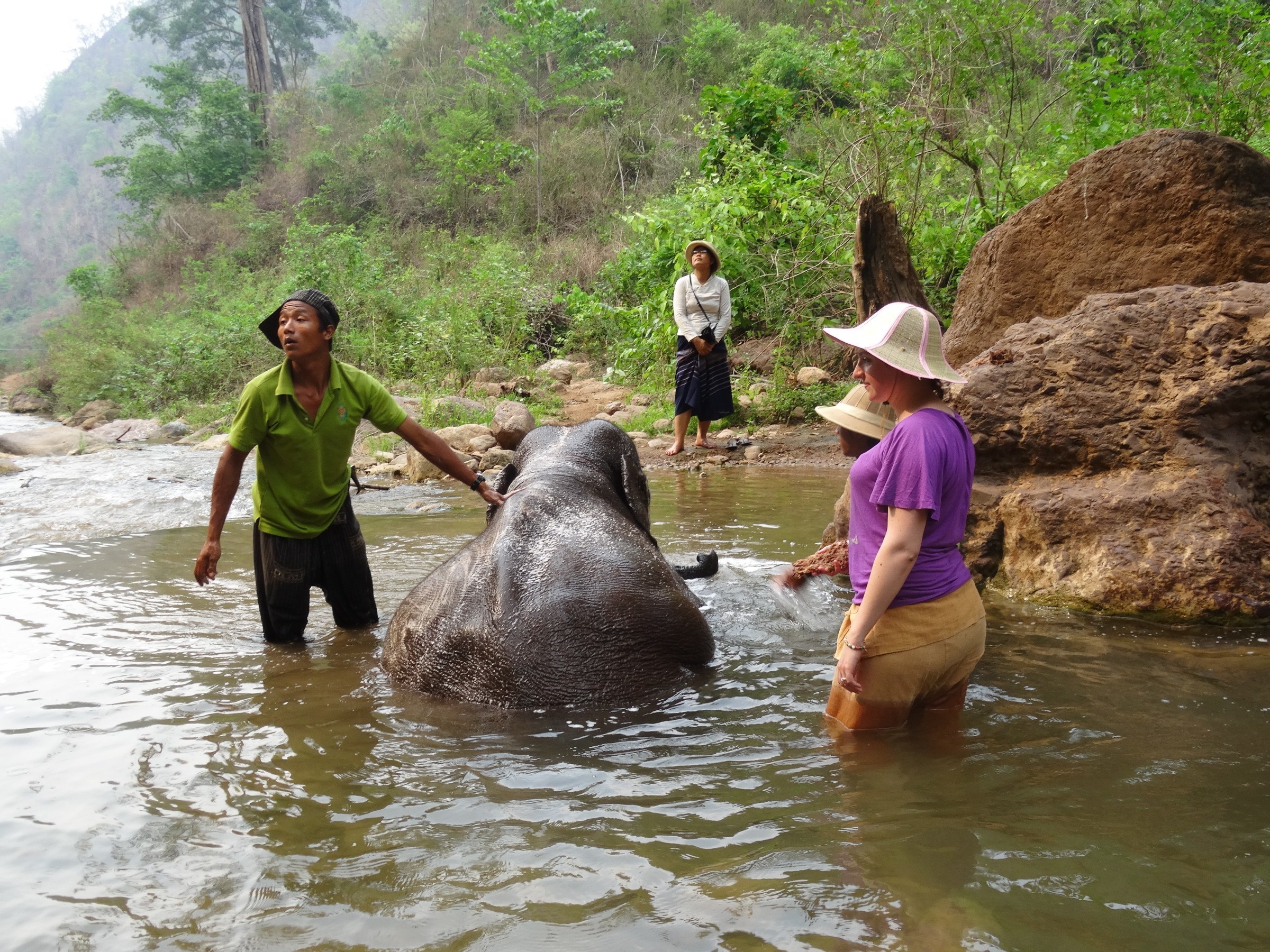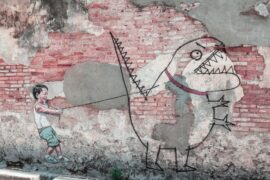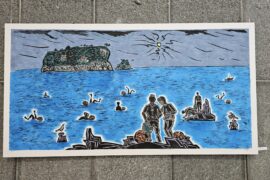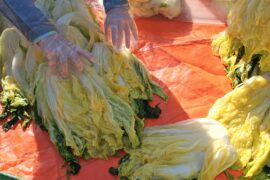Spend even a couple of days in Burma, and you’ll start to notice a certain garment. It’s worn by everybody – male and female, old and young – and it’s everywhere. Resembling something like a sarong or a long skirt, this is the longyi: the preferred garment of Myanmar.
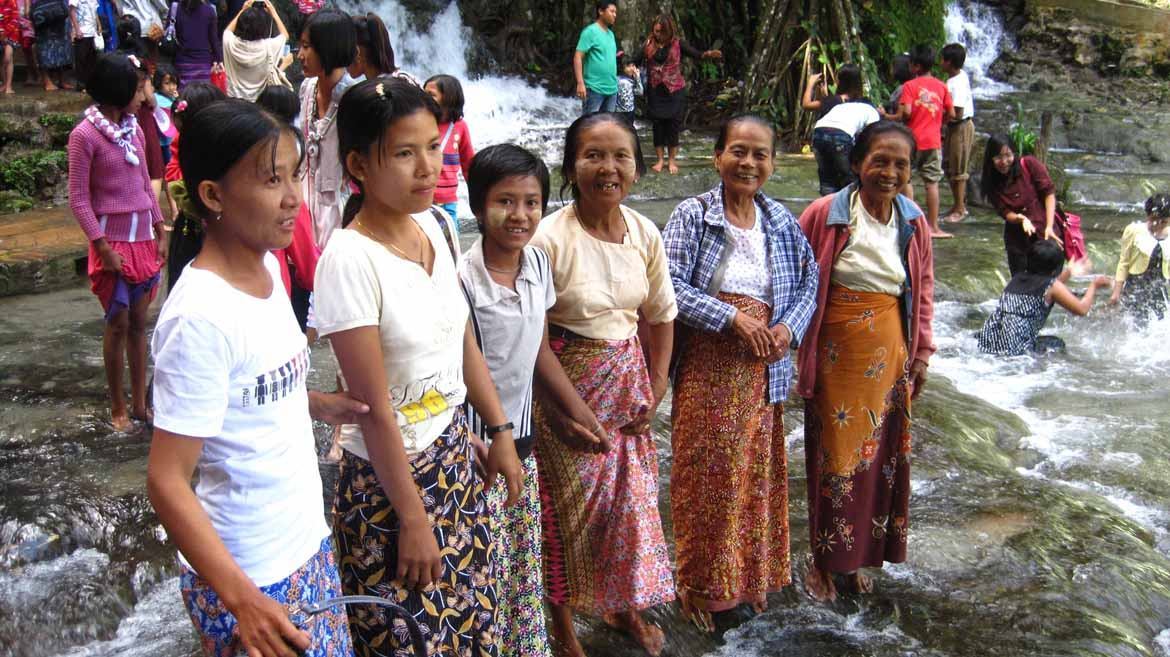
Given its ubiquity today, it might surprise you to learn that the longyi only really became popular in Burma during the British colonial period, influenced by the social and sartorial customs of nearby India and Malaysia. Before this time, Burmese men more commonly wore a different skirt-like garment called “taungshay paso”, while the women wore a “htamein”.
Though not so different from the longyi at first glance, these older styles were rather more elaborate – the taungshay paso could consist of over nine metres of fabric, while the htamein often incorporated several different types of fabric and a train that brushed along the ground. The longyi, by comparison, is usually just two metres long and it much more convenient to wear! Perhaps it’s no surprise it caught on.
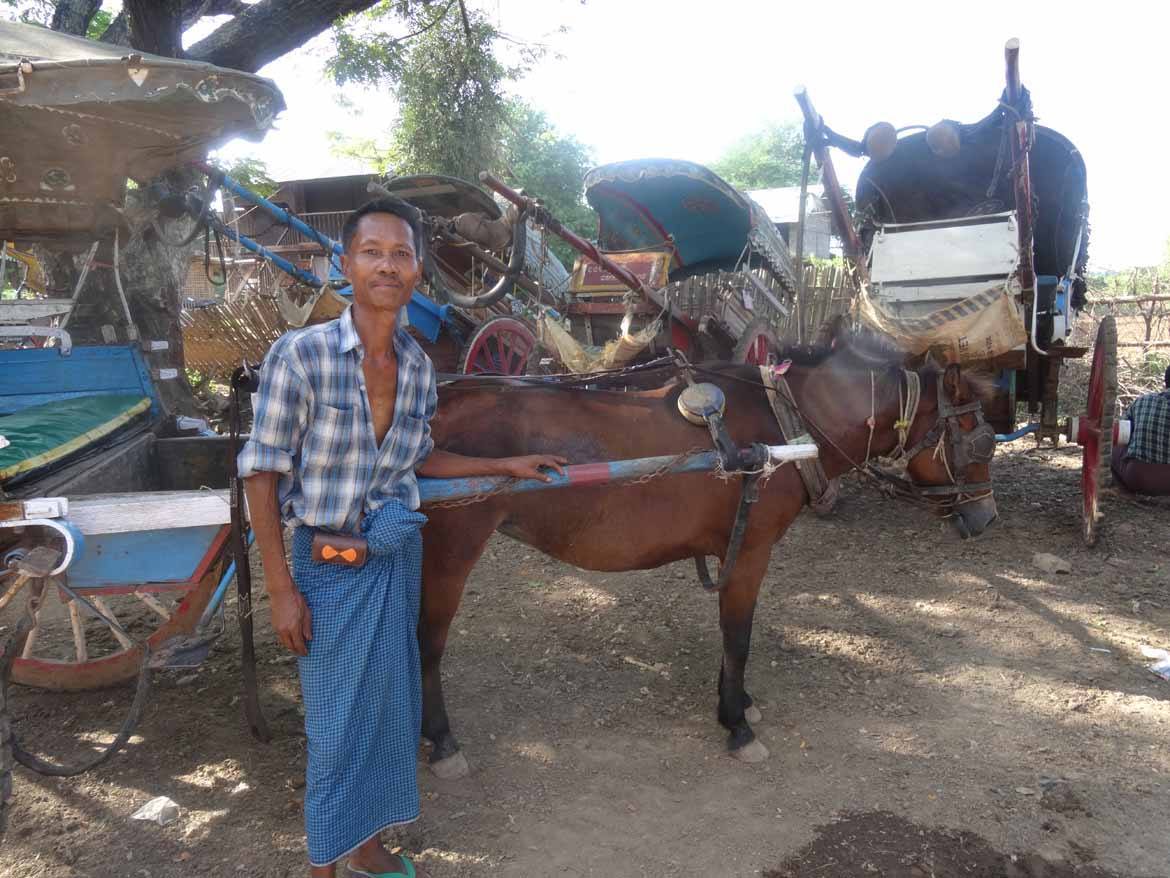
Back in the days before the British invaded Burma, the type and amount of fabric worn was often an indicator of the wealth and status of the wearer – and elaborate silk fabrics were worn exclusively by royalty and the very rich. These days, however, even the poorest people in Burma may have beautiful silks tucked away for weddings and special occasions, so the longyi is no longer the social indicator it once was.
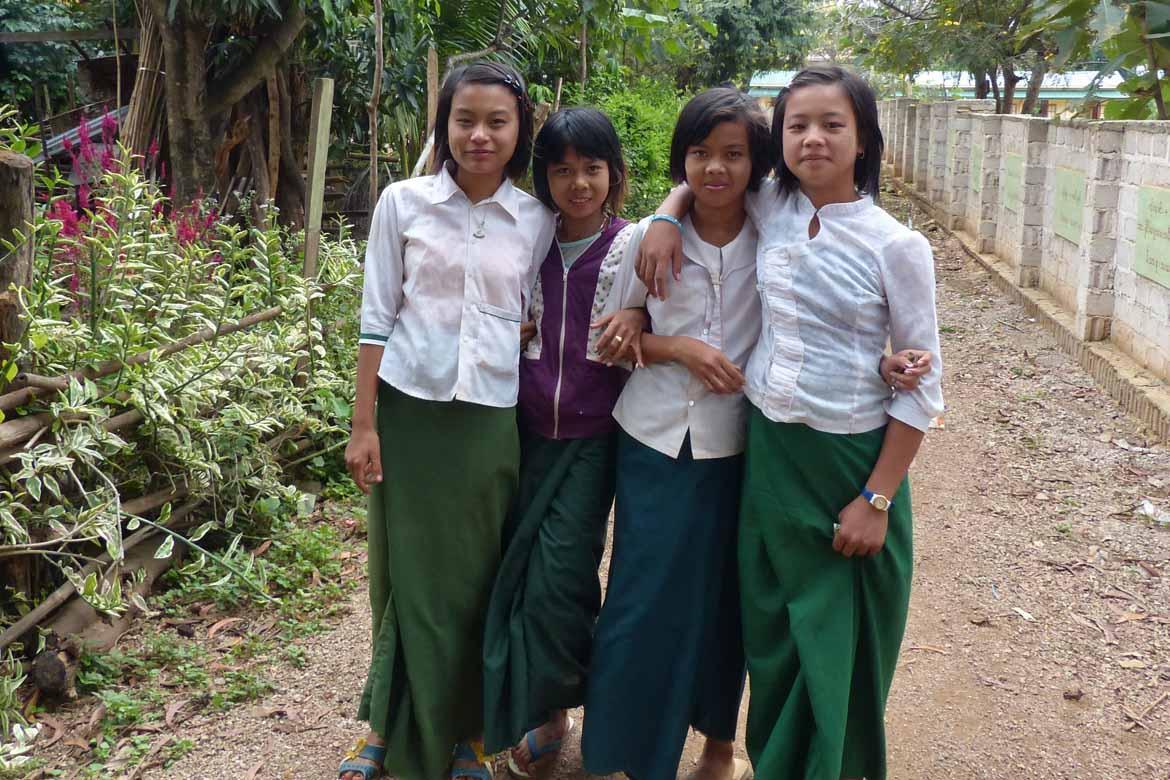
The longyi today
Though the differences might not be apparent to the untrained eye, longyi are not unisex. Men and women tie their longyi differently, according to tradition, and different patterns are more popular with different sexes.
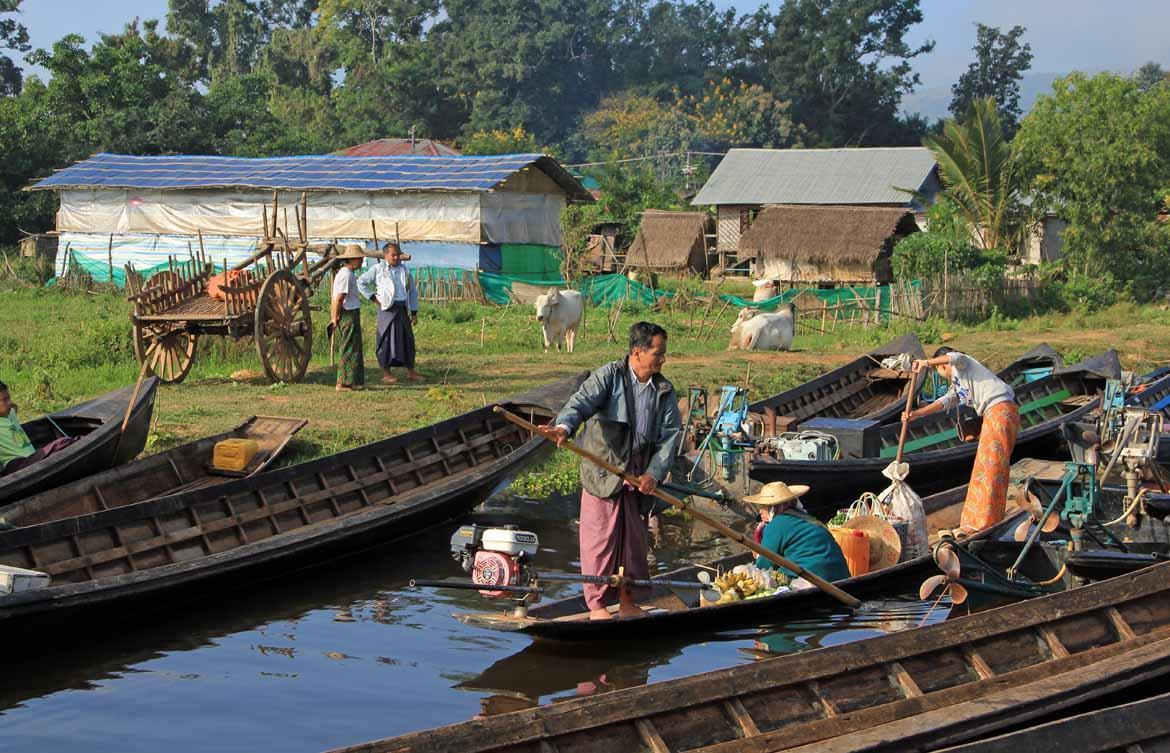
Men’s longyi are usually found in stripes and checks, and can be worn upside-down or inside-out without affecting the pattern. By contrast, women’s longyi often have a black waistband, meaning they can only be worn one way, and are more often found in bright, multi-coloured designs and floral patterns.
Though they are no longer an accurate indicator of social status, you can often tell where someone is from by the design on their longyi – in a similar way that Scottish plans are told apart by their family tartan. Different Burmese states have specific local weaves and patterns, while ethnic minority groups have designs that are passed down from generation to generation and are still woven at home by the local women.
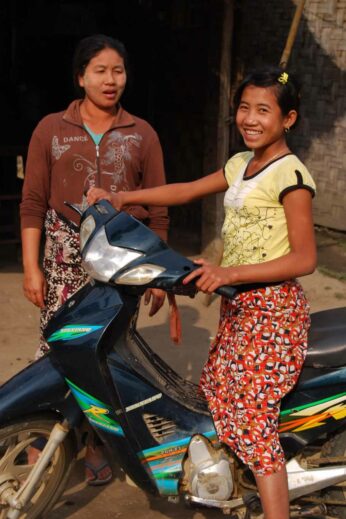
So if you find yourself in Burma, take a closer a look at the longyi. Much more than just a funny skirt, it’s a link to Burma’s past.
